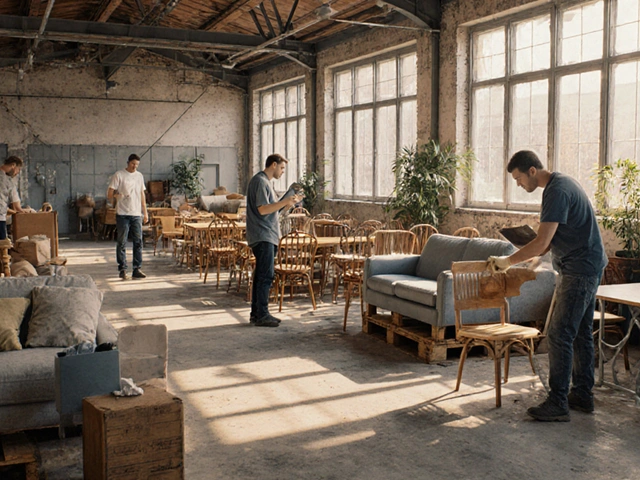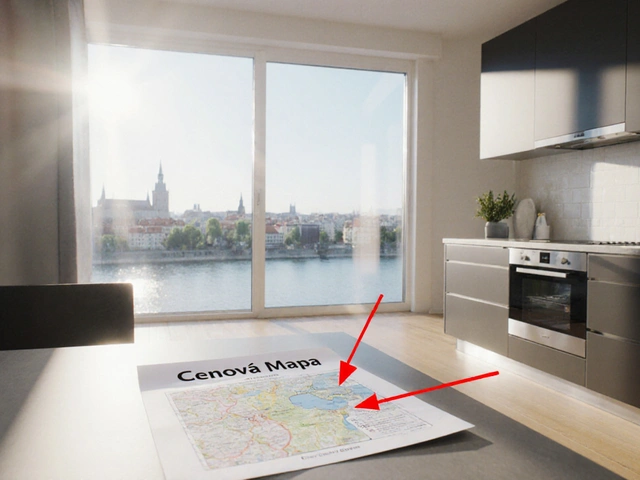Měření závěsů: Jak správně změřit dveře a závěsy pro bezchybnou instalaci
When you're replacing old doors or installing new ones, měření závěsů, přesné určení rozměrů dveřního otvoru a místa, kam se závěsy montují. Also known as měření dveří, it is the single most important step before ordering any interior door. Get it wrong, and even the most beautifully crafted door will stick, scrape the floor, or won’t close properly. Many people think that if the old door fit, the new one will too. But doors warp, walls settle, and plaster thickens over time. What looked like a perfect fit yesterday might be 5 millimeters too tight today.
That’s why interiérové dveře, dveře určené pro vnitřní prostory, které vyžadují přesné přizpůsobení stávajícímu otvoru need more than just a rough estimate. You need three key measurements: height, width, and depth of the opening. Measure at the top, middle, and bottom of the opening — not just once, but at least twice. The smallest number is the one you go with. Same for width. And don’t forget the závěsy, kovové části, které udržují dveře na místě a umožňují jejich pohyb. Their placement affects how the door swings and whether it clears the floor or skirting board. Most standard závěsy are mounted 20–25 cm from the top and bottom of the door, but the exact position depends on the door’s weight and the type of hinge.
Don’t assume your door frame is square. Use a carpenter’s level and a measuring tape together. If the frame leans, you’ll need to account for that when ordering. A door that’s 2 mm too wide might seem harmless — until it won’t close in winter when the wood swells. And if you’re replacing a door in an older house, check for uneven floors. A 10 mm difference between one side of the opening and the other is common in buildings over 40 years old. That’s why we always measure at floor level, not at the skirting board.
People often forget the dveřní otvor, prostor ve zdi, kam se dveře montují, včetně rámu a případného zdiva includes more than just the opening. You need to know if there’s a threshold, if the floor is tiled or wooden, and whether the frame is made of wood, metal, or plaster. All of this affects how you mount the závěsy and whether you need to cut into the floor or adjust the door’s bottom edge.
And here’s something most DIYers miss: measure the thickness of the door you’re replacing. Not all interior doors are 40 mm thick. Some are 35 mm, others 45 mm. If your new door is thicker than the old one, the závěsy won’t fit into the existing mortises. If it’s thinner, the door might rattle. We’ve seen too many customers order doors online, only to realize they can’t install them because the measurements didn’t match.
That’s why we’ve collected real-life cases from our own work — from tiny Brno apartments to renovated family homes — showing exactly how měření závěsů affects the final result. You’ll find guides on how to measure around corners, how to deal with warped frames, and how to avoid the most common mistakes that lead to returns and delays. Whether you’re installing a new kitchen door, replacing bathroom doors, or adding a hidden door to your closet, the right measurements make all the difference.
Různé výšky závěsů: od stropu po parapet - jak správně změřit a zvolit
Zjistěte, jak správně změřit a zvolit výšku závěsů pro záclony - od stropu po parapet. Víte, proč 68 % Čechů volí závěsy až k zemi a jak se vyhnout běžným chybám při instalaci?





